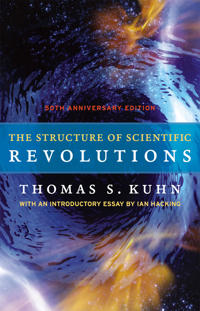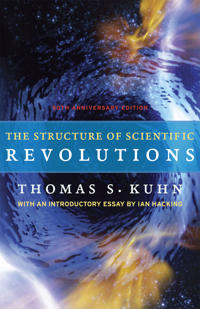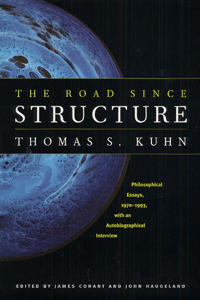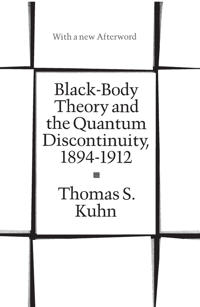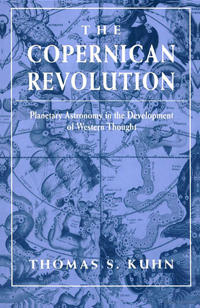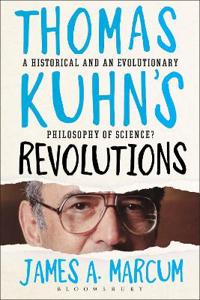The Structure of Scientific Revolutions (Inbunden)
avThomas S. Kuhn, Ian Hacking, Thomas S. Kuhn
ISBN: 9780226458113 - UTGIVEN: 201204A good book may have the power to change the way we see the world, but a great book actually becomes part of our daily consciousness, pervading our thinking to the point that we take it for granted, and we forget how provocative and challenging its ideas once were - and still are. "The Structure of [...]
The Structure of Scientific Revolutions (Pocket)
avThomas S. Kuhn, Ian Hacking, Thomas S. Kuhn
ISBN: 9780226458120 - UTGIVEN: 201204A good book may have the power to change the way we see the world, but a great book actually becomes part of our daily consciousness, pervading our thinking to the point that we take it for granted, and we forget how provocative and challenging its ideas once were-and still are. "The Structure of Sc[...]
The Road Since Structure (Häftad)
avThomas S. Kuhn
ISBN: 9780226457994 - UTGIVEN: 200212Thomas Kuhn will undoubtedly be remembered primarily for The Structure of Scientific Revolutions, a book that introduced one of the most influential conceptions of scientific progress to emerge during the twentieth century. The Road since Structure, assembled with Kuhn's input before his death in 19[...]
Black-body Theory and the Quantum Discontinuity, 1894-1912 (Häftad)
avThomas S. Kuhn
ISBN: 9780226458007 - UTGIVEN: 198705"A masterly assessment of the way the idea of quanta of radiation became part of 20th-century physics. . . . The book not only deals with a topic of importance and interest to all scientists, but is also a polished literary work, described (accurately) by one of its original reviewers as a scientifi[...]
The Copernican Revolution (Pocket)
avThomas S. Kuhn
ISBN: 9780674171039 - UTGIVEN: 1957-06The significance of the plurality of the Copernican Revolution is the main thrust of this undergraduate text[...]
De vetenskapliga revolutionernas struktur (Häftad)
avThomas S. Kuhn
ISBN: 9789172350779 - UTGIVEN: 200910Thomas Kuhn's Revolution
ISBN: 9780826434463 - UTGIVEN: 2008-11The influence of Thomas Kuhn (1922 -1996) on the history and philosophy of science has been truly enormous. In 1962, Kuhn's famous work, The Structure of Scientific Revolutions, helped to inaugurate a revolution - the historiographic revolution - in the latter half of the twentieth century, providin[...]
Thomas Kuhn's Revolutions
ISBN: 9781472530493 - UTGIVEN: 2015-10This new edition of Thomas Kuhn's Revolution marks the 50th anniversary of the publication of Kuhn's most influential work. Drawing on the rich archival sources at MIT, and engaging fully with current scholarship, James Marcum provides the historical background to the development of The Structure of[...]

